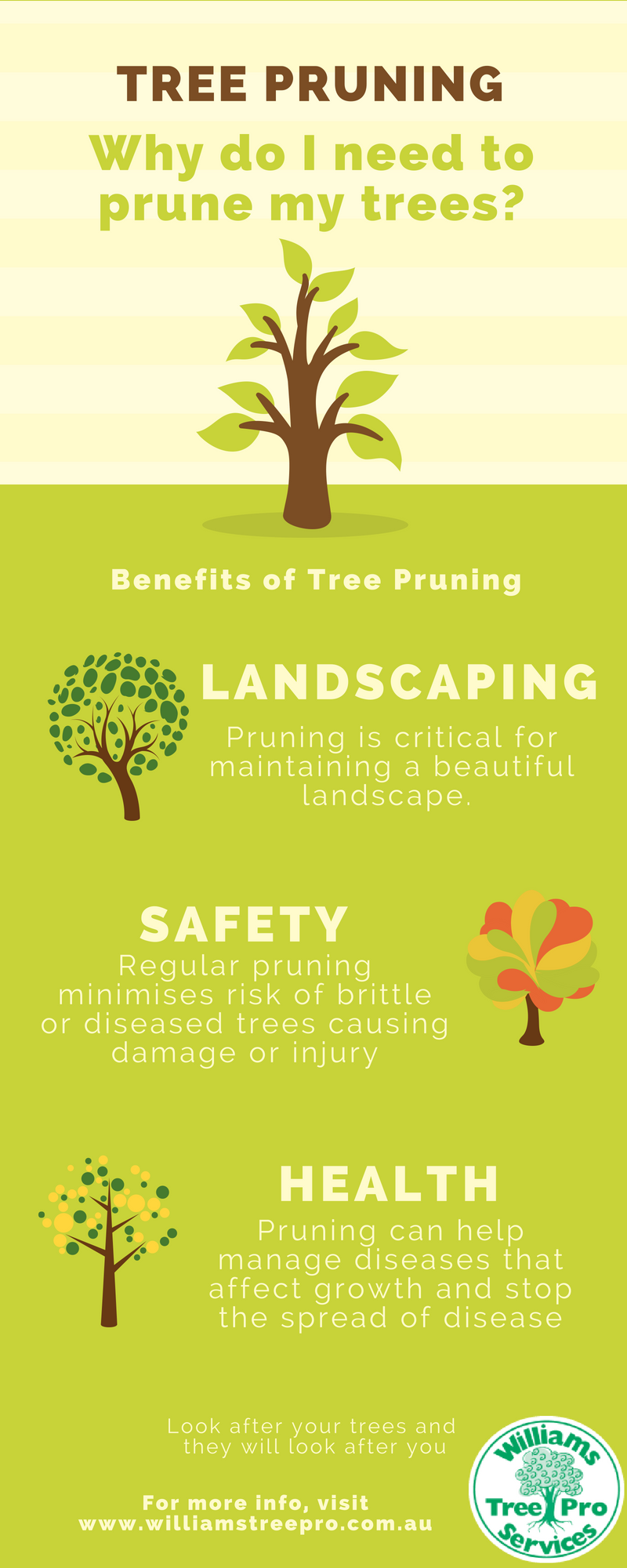The Environmental Influence Of Tree Removal: What You Must Know
The Environmental Influence Of Tree Removal: What You Must Know
Blog Article
Write-Up By-Helms Lyon
When it involves the ecological impact of tree removal, there are vital aspects that demand your attention. From the complex internet of connections within ecosystems to the succeeding results on climate patterns, the repercussions are extensive. You might be stunned to discover the intricate methods which the elimination of trees can reverberate throughout the setting. Keep tuned to decipher the elaborate links and ramifications of this apparently straightforward act.
Deforestation and Environment Loss
Logging and habitat loss are important concerns originating from tree removal. When trees are lowered, it interrupts entire communities. Not just are the trees themselves lost, however the homes and food resources of numerous plant and animal types are destroyed also. Birds lose their nesting sites, creatures shed their shelter, and bugs shed their environments. The impacts ripple through the food chain, affecting predators and target alike.
Furthermore, deforestation adds to climate change. Trees play a critical duty in soaking up co2, a greenhouse gas that traps heat in the environment. With fewer trees, there's much less carbon dioxide absorption, leading to enhanced levels of this gas in the ambience and exacerbating international warming.
Habitat loss is a direct result of logging, as the destruction of woodlands means the loss of distinct and varied ecosystems. a knockout post of types are incapable to adjust to rapid modifications in their setting, resulting in populace decreases and, sometimes, termination.
Shielding woodlands is vital to preserving the fragile equilibrium of nature and guaranteeing the survival of countless plant and pet species.
Impact on Biodiversity
The elimination of trees has a substantial effect on biodiversity, influencing the range and abundance of plant and pet types in an area. Trees supply environment and food resources for various microorganisms, from bugs to birds to animals. When trees are gotten rid of, these varieties lose their homes and sources of nourishment, causing a decline in their populaces. This interruption can have cascading effects on the entire ecological community.
Additionally, trees play a crucial role in maintaining biodiversity by creating microhabitats within their covers, trunks, and origins that sustain a vast array of species. When trees are lowered, these specialized environments are damaged, decreasing the total variety of the location.
Additionally, the removal of trees can bring about a decrease in genetic variety within plant populaces, as particular tree types might no longer have the ability to reproduce or spread properly. Safeguarding trees and forests is necessary for protecting biodiversity and ensuring the wellness of ecological communities for future generations.
Soil Erosion and Environment Change
With trees being gotten rid of from an area, the interruption of dirt structure and stability occurs, leading to enhanced dirt disintegration. Trees play an important role in preventing erosion by holding dirt in position with their origin systems. When trees are gotten rid of, specifically in great deals, the soil becomes more prone to erosion from wind and water. This erosion not just affects the instant surroundings however can likewise cause sedimentation in neighboring water bodies, impacting water top quality and aquatic ecological communities.
Furthermore, trees help regulate the climate by taking in co2 throughout photosynthesis. When trees are cut down, this natural carbon sink is decreased, adding to enhanced levels of greenhouse gases in the ambience. This can worsen climate change, causing even more severe weather condition events and interruptions in environments worldwide.
For that reason, the removal of trees not only speeds up dirt erosion but likewise plays a role in the larger ecological problem of climate change. It's important to take into consideration these elements when analyzing the effects of tree elimination on the setting.
Verdict
Now that you know the ecological influence of tree elimination, consider the repercussions before reducing trees. professional arborist auckland disrupts communities, reduces biodiversity, and adds to soil disintegration and climate adjustment. By being mindful of the effect of tree elimination, you can aid secure our setting and maintain the delicate balance of nature. Make informed selections and think about alternate solutions to reduce the negative impacts on our earth.
